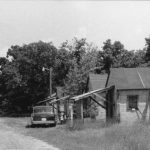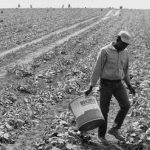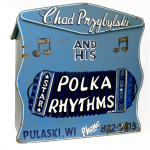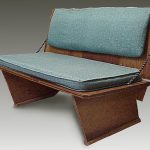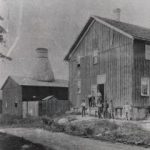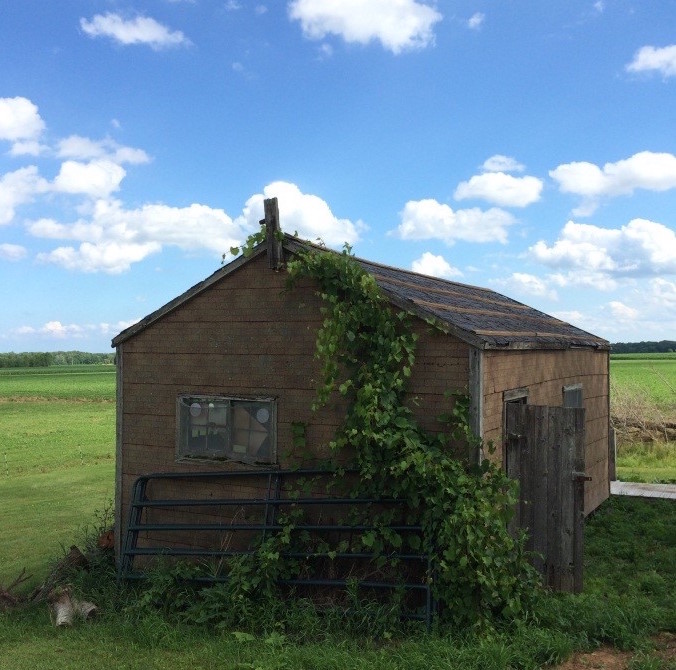
This cabin, once occupied by a family of migrant workers employed by the Bond Pickle Company, is located at the property of Thomas and Jamie Sobush of Pensaukee, Wisconsin. The cabin was originally one of many other small cabins, clustered together at the Bond Village Migrant Camp on Van Hecke Avenue in Oconto, Wisconsin.
Cabins like this were home to seasonal migrant workers who came to Wisconsin to harvest cucumbers for the pickle industry. The cucumber harvest employed more migrant workers than any other Wisconsin crop. In the 1920s and 1930s, most of the migrant laborers who worked in the Wisconsin pickle fields were unmarried men. After World War II, however, migrant laborers in Wisconsin increasingly worked in family units, and by 1950 the majority of Wisconsin’s migrant workers were Latino. Following this shift toward family workers, pickle companies and farmers began to build small cabins so families could live together during the pickle harvest. Migrant workers in Wisconsin’s pickle fields were American citizens, and most of the workers came from Texas.
The family who occupied this cabin, the Saldañas, picked cucumbers for the Bond Pickle Company. Amado P. Saldaña and his wife Teresa began coming to Oconto County to pick cucumbers in the 1930’s. For fifty years migrant workers like Amado, Teresa and their children lived in houses such as this at Bond Village. Each cabin measured a meager 24 feet by 14 feet. There were no internal room dividers. The walls were unfinished and uninsulated, and the floors were bare wood. Most of these cabins had a front door aligned so that if you continued walking forward you could walk straight to the back door. There was no indoor plumbing. A central bathhouse served the entire village. Although all of the cabins had some kind of electrical connection, the majority of the electricity was used by the two light-bulb outlets and the refrigerators found in every home. A few of the families were lucky enough to own a small electric floor fan, which was the only relief from the heat after long summer days working in the fields.
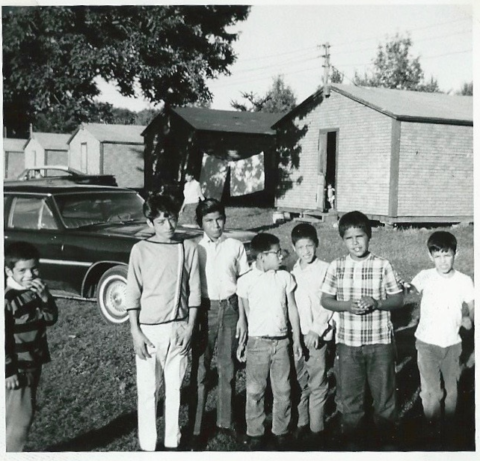
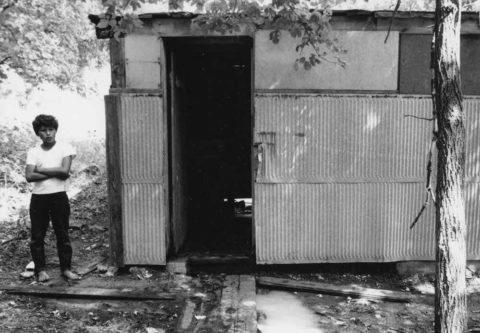
There was minimal furniture inside the homes; there wasn’t room. Because of the small dimensions of the space and depending on the size of the family, numerous family members slept directly on the floor with no mattress. Amado’s son, Antonio Saldaña, who spent his childhood working in the Bond cucumber fields, remembers that those unfortunate enough to sleep on the floor, would do so with a single blanket as a mattress and another blanket to cover themselves. “Some were blessed to have a pillow and others were not,” he recalls.
Although the Bond Pickle Company no longer exists, several of these cabins have withstood the test of time. Collected artifacts and stories from the Saldaña’s cabin and the family that occupied it were displayed at the Neville Public Museum’s Estamos Aquí exhibit.
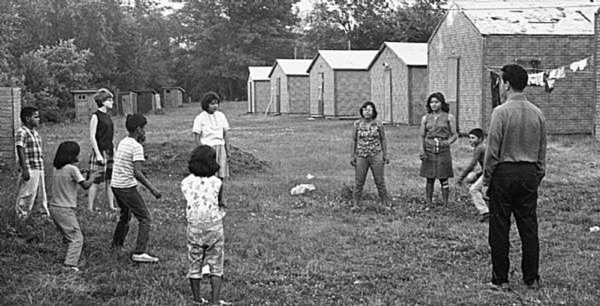
Listen below to the Migrant Workers’ Cabin’s segment on Wisconsin Public Radio’s Wisconsin Life.
Written by Antonio Saldaña, September 2017.
SOURCES
“Historical Essay: Migrant Worker’s Bunkbeds,” Wisconsin Historical Society.
Kelly, J. P. (2017, April 13). A timeline of Oconto’s pickle plant. Green Bay Press-Gazette.
Claras Backes, “The Migrants’ Union Comes to Pickle Country,” Chicago Tribune 20, 1968.
Object history courtesy of
